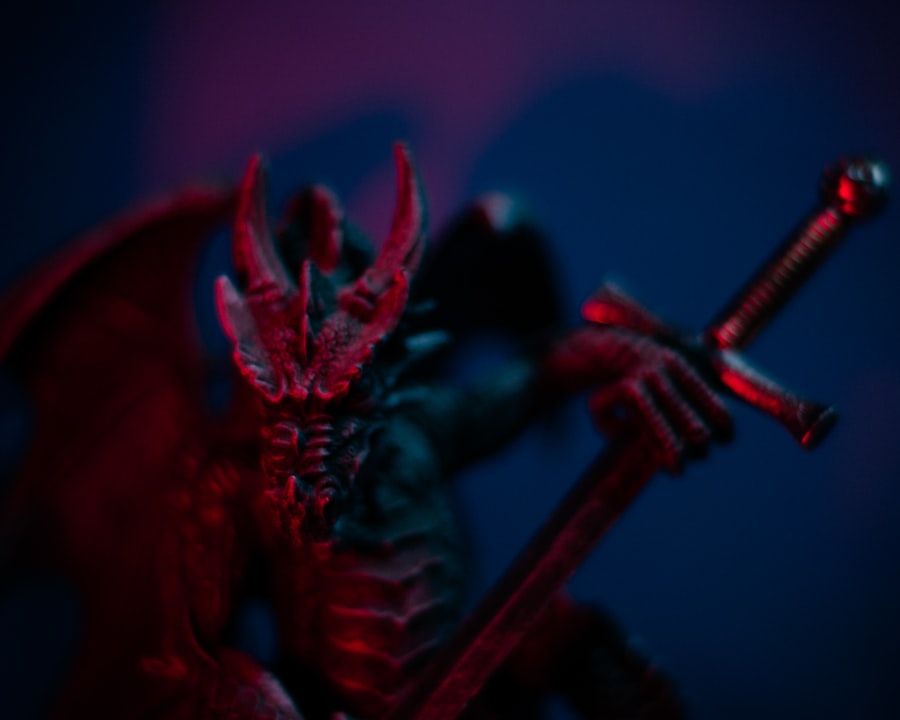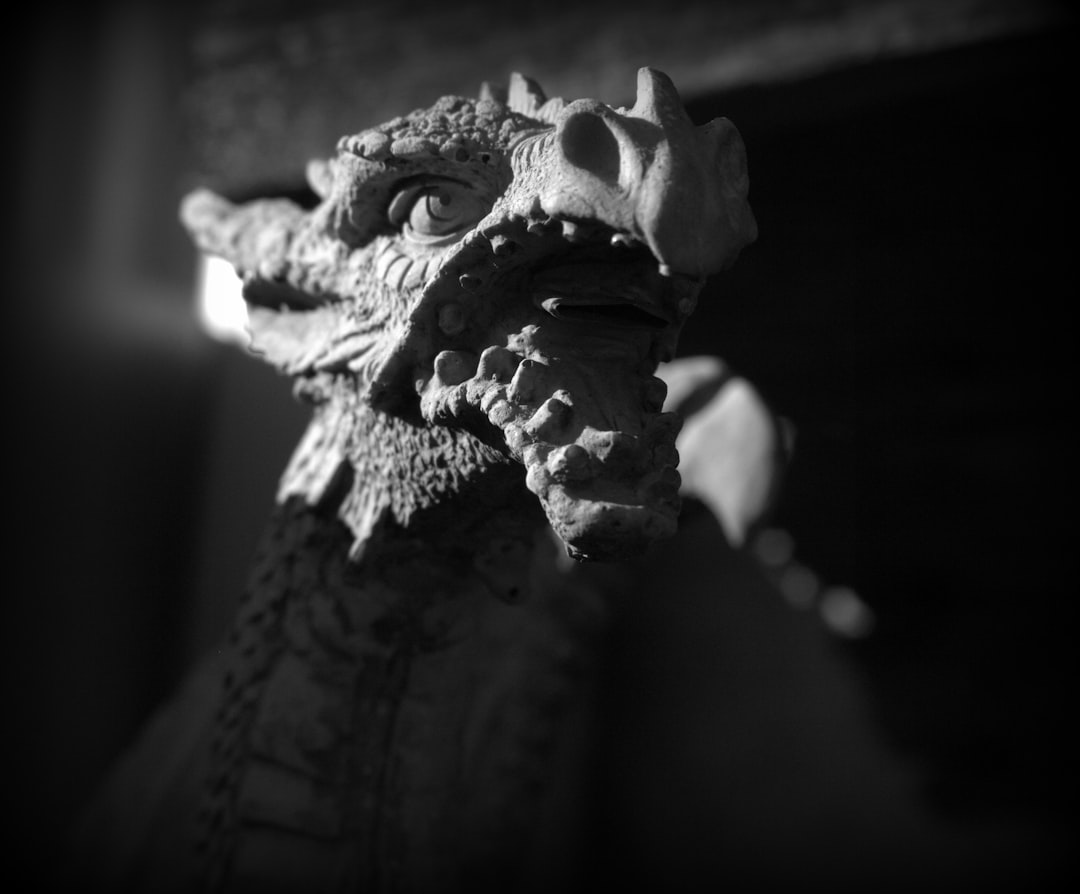You may find it fascinating to delve into the origins of Godzilla, a creature that has become synonymous with Japanese cinema and culture. The character first emerged in 1954, born from the creative minds of director Ishirō Honda and producer Tomoyuki Tanaka. The post-war context of Japan, marked by the devastation of World War II and the atomic bombings of Hiroshima and Nagasaki, played a pivotal role in shaping Godzilla’s identity.
The monster was conceived as a metaphor for nuclear destruction, embodying the fears and anxieties of a nation grappling with the consequences of its past. This backstory not only gave Godzilla a unique narrative but also established him as a symbol of both destruction and resilience. As you explore further, you will discover that Godzilla’s design was equally significant.
The creature was brought to life through a combination of suitmation and special effects, with actor Haruo Nakajima donning the iconic suit. The result was a towering figure that struck terror into the hearts of audiences while simultaneously evoking sympathy. Godzilla’s roar, created by mixing various sounds, became an iconic audio signature that would resonate through generations.
This blend of artistry and innovation laid the groundwork for what would become a cultural phenomenon, setting the stage for Godzilla’s evolution in the years to come.
Summary
- Godzilla was created in Japan in 1954 as a metaphor for the country’s experience with nuclear weapons and the devastation of World War II.
- Godzilla has had a significant impact on popular culture, inspiring numerous films, TV shows, and a wide range of merchandise.
- The character of Godzilla has evolved over the years, from a destructive force to a more heroic figure, reflecting changing societal attitudes.
- Godzilla is a prominent figure in the kaiju genre, standing out among other giant creatures such as King Kong and Mothra.
- Godzilla’s global appeal has made the character a beloved icon around the world, transcending cultural boundaries.
Godzilla’s Impact on Popular Culture: From Films to Merchandise
Godzilla’s Cinematic Legacy
His presence in cinema has not only influenced filmmakers but has also inspired countless parodies, references, and homages across various media. You might recall seeing Godzilla referenced in animated series, television shows, and even video games, showcasing his versatility as a cultural icon.
A Merchandising Phenomenon
Moreover, Godzilla’s influence extends beyond the silver screen into the realm of merchandise. You may have noticed an array of products bearing his likeness, from action figures to clothing lines. This merchandising phenomenon has allowed fans to connect with the character on a personal level, turning Godzilla into a household name. Collectors eagerly seek out memorabilia, while casual fans enjoy themed items that celebrate this legendary monster.
A Cultural Touchstone
The commercial success of Godzilla merchandise underscores his status as a cultural touchstone, bridging generations and appealing to diverse audiences.
The Evolution of Godzilla: How the Character Has Changed Over the Years

As you examine Godzilla’s evolution over the decades, you will notice a remarkable transformation in both his character and the themes explored in his films. Initially portrayed as a terrifying force of nature, Godzilla represented humanity’s hubris and the destructive power of nuclear weapons. However, as societal attitudes shifted, so too did the portrayal of this iconic monster.
In subsequent films, you may find that Godzilla began to take on more heroic qualities, often defending humanity against other monstrous threats. This shift reflects changing cultural narratives and a growing desire for redemption in storytelling. The visual representation of Godzilla has also evolved significantly.
Early films showcased a more rugged and menacing design, while later iterations embraced modern technology to create more intricate and visually stunning depictions. You might appreciate how advancements in CGI have allowed filmmakers to explore new dimensions of Godzilla’s character, making him more dynamic and engaging than ever before. This evolution not only keeps the franchise fresh but also ensures that Godzilla remains relevant in an ever-changing cinematic landscape.
Godzilla’s Place in the Kaiju Genre: Comparing the King of the Monsters to Other Giant Creatures
| Kaiju | Height | First Appearance | Abilities |
|---|---|---|---|
| Godzilla | 50-120 meters | 1954 | Breathes atomic breath, strong physical abilities |
| King Kong | 18-45 meters | 1933 | Great strength, agility, and intelligence |
| Mothra | 30-60 meters | 1961 | Flight, poisonous scales, and ability to shoot silk |
| Gamera | 60-80 meters | 1965 | Shell defense, flight, and fire breath |
In your exploration of the kaiju genre, you will find that Godzilla holds a unique position as its most iconic figure. While there are numerous giant creatures that have graced screens over the years, none have achieved the same level of recognition or cultural significance as Godzilla. You may compare him to other notable kaiju like King Kong or Mothra; each has its own narrative and thematic elements.
However, Godzilla’s complex characterisation and multifaceted symbolism set him apart from his peers. What makes Godzilla particularly compelling is his ability to embody various themes throughout his cinematic history. While other kaiju often represent specific fears or challenges—such as King Kong’s exploration of colonialism or Mothra’s connection to nature—Godzilla serves as a versatile symbol that can adapt to different contexts.
You might find it intriguing how he can be portrayed as both a destructive force and a protector, reflecting humanity’s ongoing struggle with its own creations and consequences. This duality not only enriches his character but also solidifies his status as the king of monsters within the genre.
The Global Appeal of Godzilla: How the Character Has Transcended Borders
Godzilla’s appeal is not confined to Japan; rather, it has transcended borders to become a global phenomenon. You may be surprised to learn that the character has garnered a dedicated fanbase across continents, from North America to Europe and beyond. This international recognition can be attributed to several factors, including the universal themes present in Godzilla’s stories—fear, destruction, and ultimately hope.
These themes resonate with audiences regardless of cultural background, allowing them to connect with the character on a deeper level. Additionally, collaborations between Japanese filmmakers and Hollywood have further expanded Godzilla’s reach. You might recall recent adaptations that have introduced the monster to new audiences while maintaining elements of his original narrative.
These films often blend Western storytelling techniques with traditional Japanese motifs, creating a unique cinematic experience that appeals to diverse viewers. As you consider this global appeal, it becomes clear that Godzilla is more than just a monster; he is a cultural ambassador who bridges gaps between different societies.
Godzilla’s Cultural Significance: Analysing the Symbolism Behind the Monster

The Dangers of Scientific Progress
At its core, Godzilla represents humanity’s struggle with its own creations—particularly in relation to technology and warfare. The monster serves as a reminder of the destructive potential inherent in scientific advancement, echoing concerns about nuclear power and environmental degradation.
A Symbol of Resilience
You may find it thought-provoking how these themes remain relevant today as society grapples with similar issues. Moreover, Godzilla embodies resilience in the face of adversity. Despite being a creature born from destruction, he often emerges as a protector when faced with greater threats.
A Complex Character
This duality allows audiences to see him not just as a monster but as a complex character capable of growth and change. You might appreciate how this aspect resonates with viewers who seek hope amidst chaos—a reflection of humanity’s enduring spirit even in challenging times.
Godzilla’s Legacy: The Lasting Influence of the King of the Monsters
Godzilla’s legacy is undeniable; he has left an indelible mark on cinema and popular culture that continues to influence creators today. As you reflect on his impact, consider how he has inspired countless filmmakers across genres—from horror to science fiction and beyond. His presence has paved the way for other kaiju films and monster narratives, encouraging filmmakers to explore themes of fear and resilience through larger-than-life characters.
Furthermore, you may recognise that Godzilla’s influence extends beyond film into literature, art, and even music. Artists have drawn inspiration from his iconic silhouette and themes of destruction and rebirth, creating works that pay homage to this legendary creature. As you explore these various forms of expression, it becomes evident that Godzilla is not merely a character; he is a cultural phenomenon whose legacy will endure for generations to come.
The Future of Godzilla: What’s Next for the Iconic Creature
Looking ahead, you might wonder what lies in store for Godzilla as he continues to evolve within popular culture. With ongoing interest in kaiju films and an ever-expanding fanbase, there are numerous possibilities for future stories featuring this iconic creature. You may anticipate new cinematic adventures that explore uncharted territories within his narrative—perhaps delving deeper into his origins or introducing fresh challenges that test his character.
Moreover, advancements in technology will likely play a significant role in shaping future portrayals of Godzilla. As filmmakers continue to push boundaries with visual effects and storytelling techniques, you can expect even more immersive experiences that bring this legendary monster to life in new ways. Whether through film, television series, or other media formats, one thing is certain: Godzilla will remain an enduring symbol of resilience and power for years to come.
In conclusion, your journey through the world of Godzilla reveals not only his origins but also his profound impact on popular culture and society at large. As you reflect on his evolution and cultural significance, it becomes clear that this iconic creature is more than just a monster; he is a symbol of humanity’s struggles and triumphs—a legacy that will continue to inspire future generations.
